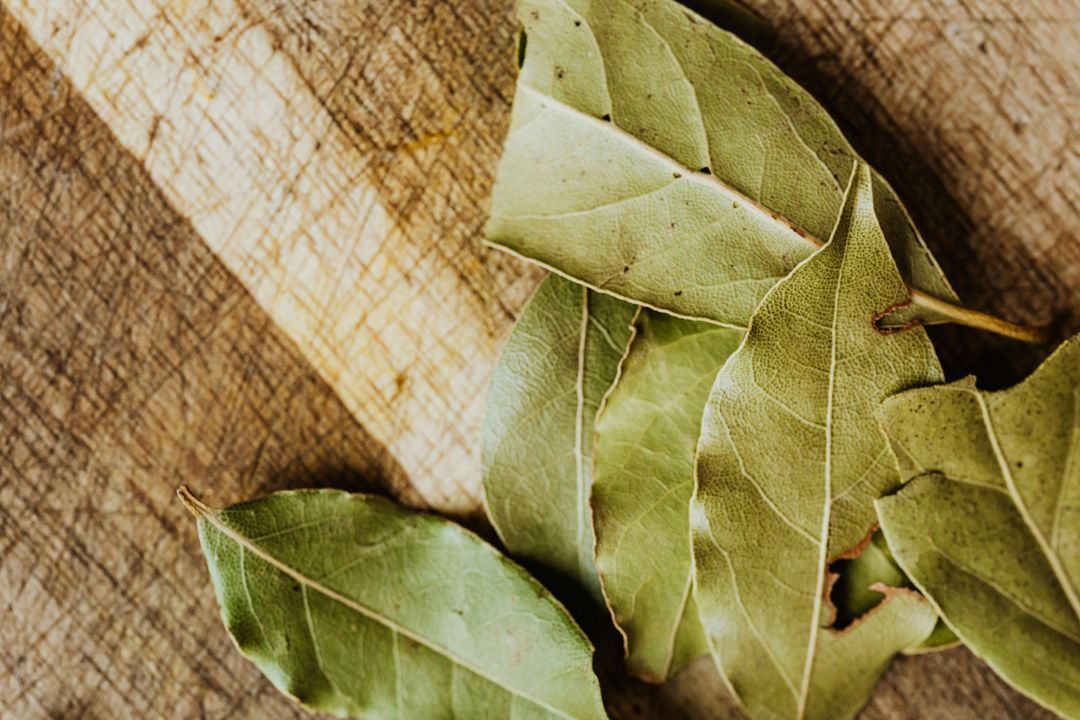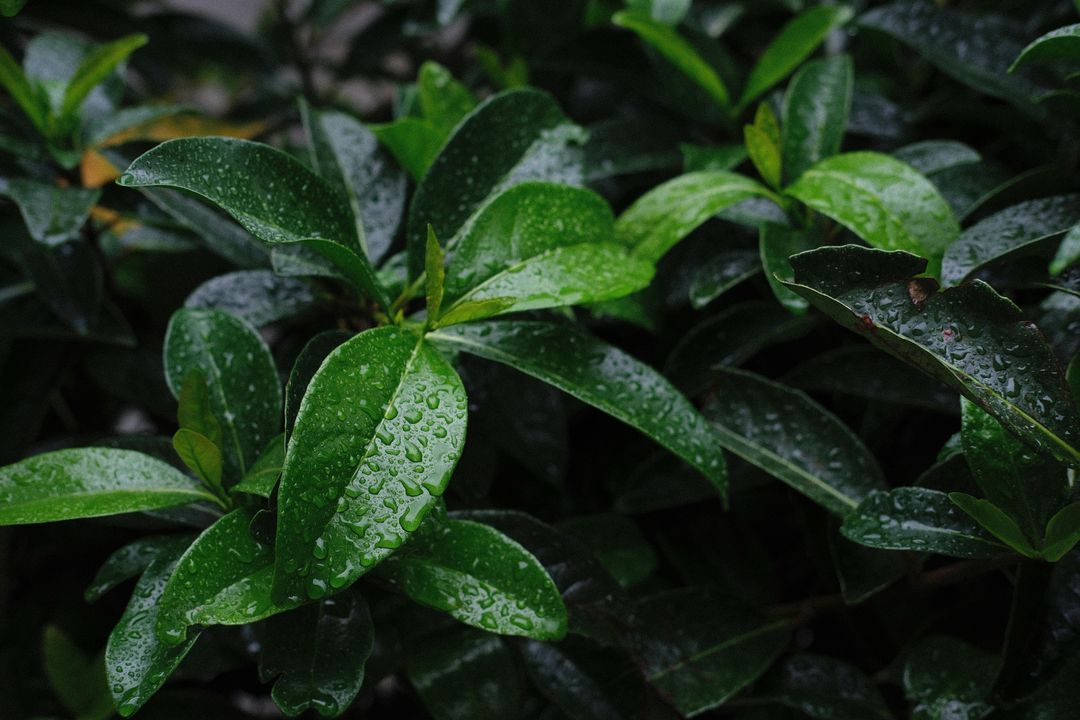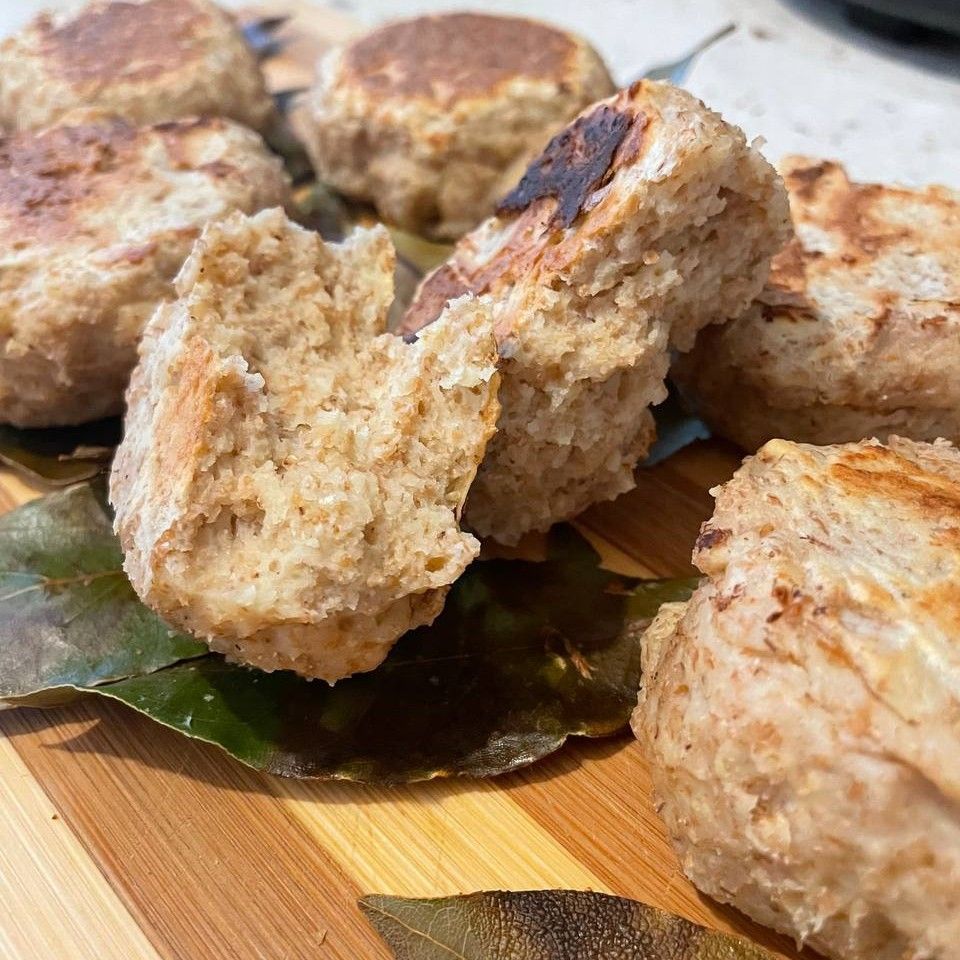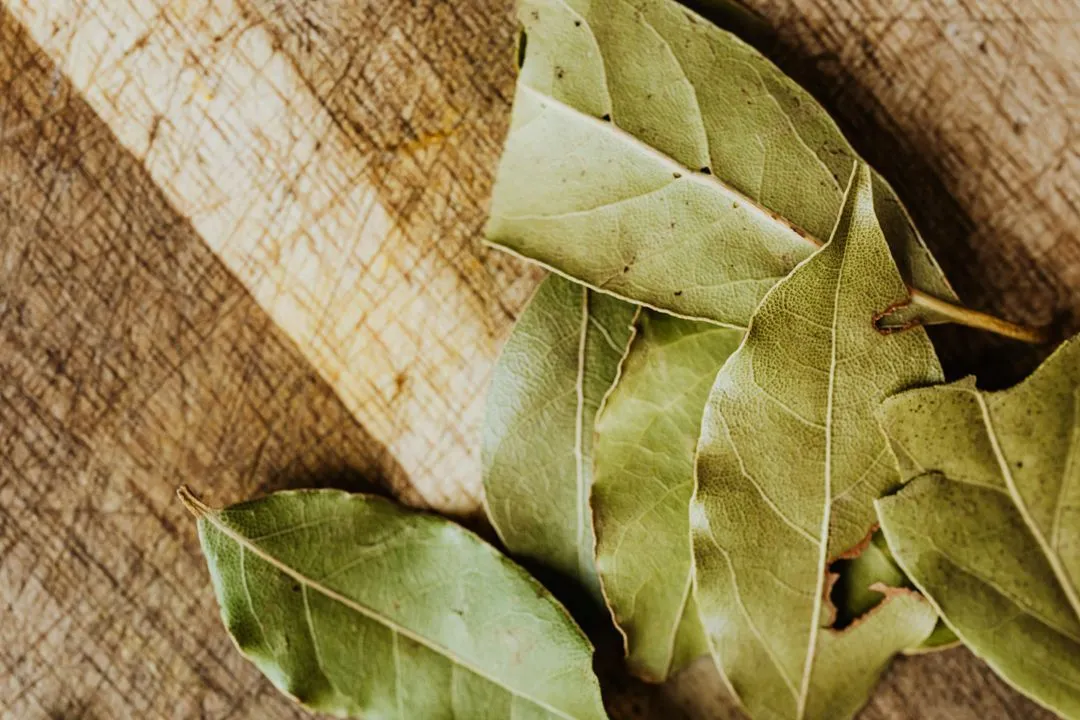Laurel: the scent of history and health benefits

Simply touching a leaf releases an intense, balsamic, and unmistakable aroma. A symbol of glory and wisdom since ancient times, laurel is more than just an ornamental plant or a broth ingredient: its a powerhouse of beneficial properties , now confirmed by science.
#laurel #naturalremedies #aromaticherbs #health #wellbeing #healthyfood #infusions #italiancuisine #tradition #historicrecipes #libum
🏛 Laurel between mythology and cuisine
In Greco-Roman times, laurel (Laurus nobilis) was the sacred plant of Apollo. Poets were crowned with its leaves (hence the term laureate), and it was believed to protect from evil.
But it was not just symbolic: it was also used in cooking and medicine , for its digestive and purifying effects.
🧪 Properties and benefits of laurel
Bay leaves are rich in essential oils , including eugenol, cineole and linalool, which give them numerous benefits.
✅ Heres what laurel can do:
- Aids digestion : useful against bloating, fermentation and intestinal cramps.
- Fights colds and coughs : in infusions or fumigations, it is a natural ally of the respiratory tract.
- Anti-inflammatory and antioxidant action : thanks to flavonoids and tannins.
- Calms the mind : The balsamic aroma has a relaxing effect on the nervous system.
- Keeps insects away : Dried leaves in the closet or pantry naturally keep moths away.
🍵 How to use it?

To best absorb the benefits of bay leaf, the most effective methods are infusions, fumigations, and culinary use, as they allow the active ingredients contained in the leaves to be extracted and absorbed. In particular, infusions release volatile compounds such as cineole , eugenol, and linalool , known for their anti-inflammatory, antioxidant, and digestive properties. When infused in hot water, these essential oils partially dissolve, making them bioavailable and therefore more easily absorbed by the intestine. Fumigations, on the other hand, exploit the volatility of the oils for inhalation, proving beneficial for the respiratory tract. Use in cooking—for example, in legumes or stews—also helps, although prolonged cooking can slightly reduce the effectiveness of some volatile compounds. Its best to use properly dried or fresh bay leaf, avoiding overly old or damaged leaves, as the concentration of active ingredients decreases over time.
Here are some ideas:
- Digestive infusion : 2 leaves in boiling water, let steep for 5 minutes. Excellent after meals.
- Fumigations : 4-5 leaves in hot water to clear the nose and bronchi.
- In the kitchen : indispensable in broths, stews, legumes, preserves and… ancient desserts.
🥣 The Libum: a ritual bread scented with laurel
Libum was an ancient focaccia offered to the gods in ancient Rome. Made with ricotta and flour, it was baked on bay leaves, which imparted their aroma to the bread.

Libum: La focaccina degli antichi romani
Immagina di tornare indietro nel tempo, nella Roma antica, dove i mercati profumano di miele e farro, e gli dei si dice che banchettino con gli stessi cibi dei mortali. Il libum era più di una semplice focaccina: era un simbolo di purezza, offerto nei templi e gustato nelle case. Ora, riportato in vita con una cottura moderna in padella, è la perfetta combinazione di storia e semplicità. Provalo a colazione con un filo di miele o come accompagnamento a un formaggio fresco: sentirai il sapore della storia nel palato.
Tempo di preparazione
15 minutiTempo di cottura
20 minutiPorzioni
FacileDose
4Strumenti
PadellaIngredienti
Ricotta di pecora200 gFarina integrale100 gAlloro4 foglieMiele1 cucchiainoUova1 pz (60 g)Sale fineq.b.Olio EVOq.b.1 In una ciotola, metti la ricotta fresca e schiacciala con una forchetta fino a ottenere una consistenza cremosa.
2 Aggiungi l’uovo e il miele, mescolando fino a incorporare tutti gli ingredienti. Unisci gradualmente la farina e il pizzico di sale, continuando a impastare con le mani fino a ottenere un composto omogeneo e morbido.
3 Se necessario, aggiungi un pizzico di farina per rendere l’impasto più lavorabile.
4 Dividi l'impasto in 4 parti uguali. Modella ogni parte in una pallina e poi schiacciala leggermente per formare delle focaccine spesse circa 1 o 2 cm.
5 Su ogni libum, posiziona una o due foglie di alloro sulla superficie (questa darà aroma durante la cottura).
6 Scalda una padella antiaderente con un filo d’olio extravergine d’oliva. Posiziona i libum nella padella, con la foglia di alloro verso il basso.
7 Cuoci a fuoco basso per circa 5 minuti per lato, coprendo con un coperchio per mantenere il calore e favorire una cottura uniforme.
8 Gira i libum con delicatezza, evitando che si rompano, e cuocili fino a quando saranno dorati su entrambi i lati.
🌱 Conclusion
Bay leaves arent just a culinary herb: theyre a treasure trove of health and history, linking ancient civilizations and traditional remedies to what we now call natural wellness.
Having a few leaves at home — fresh or dried — is always a good idea.

gourmet
Data di inserimento 10 mag 2025
Report article


Comments
There are no comments yet.